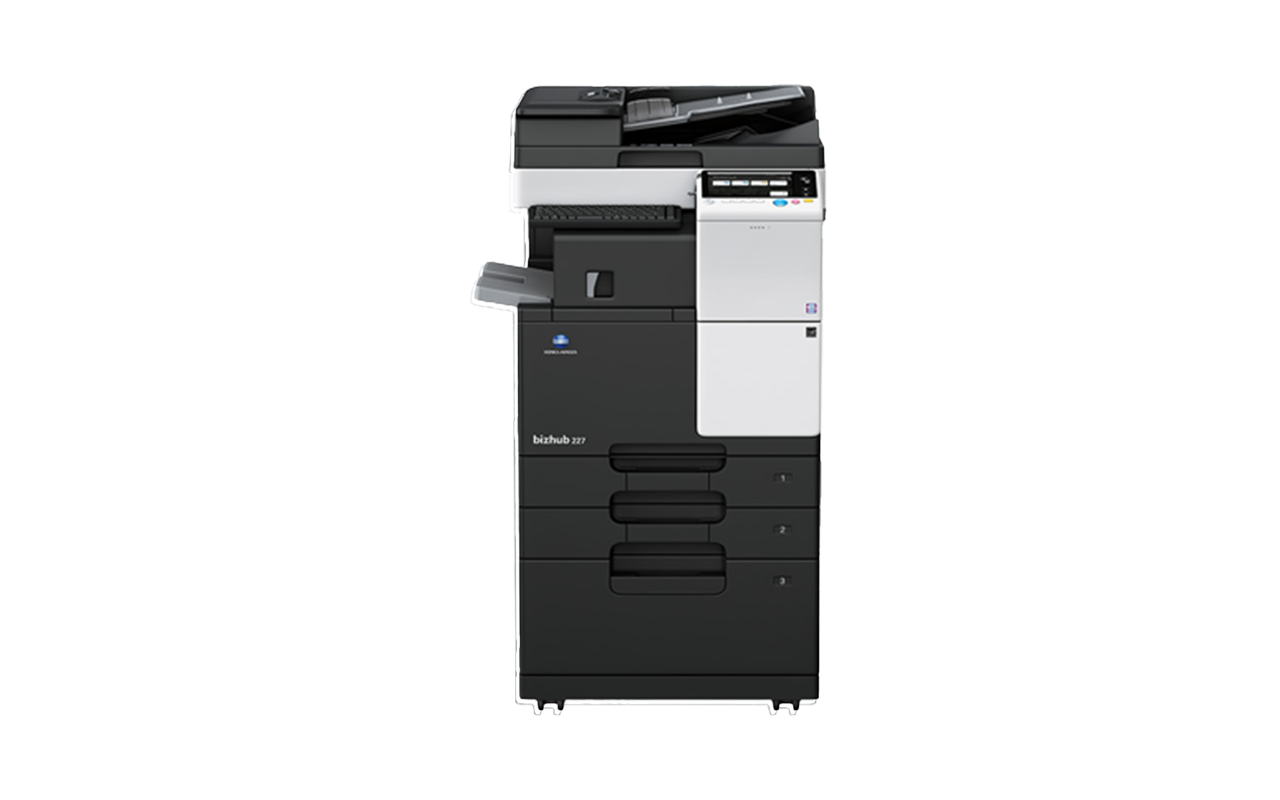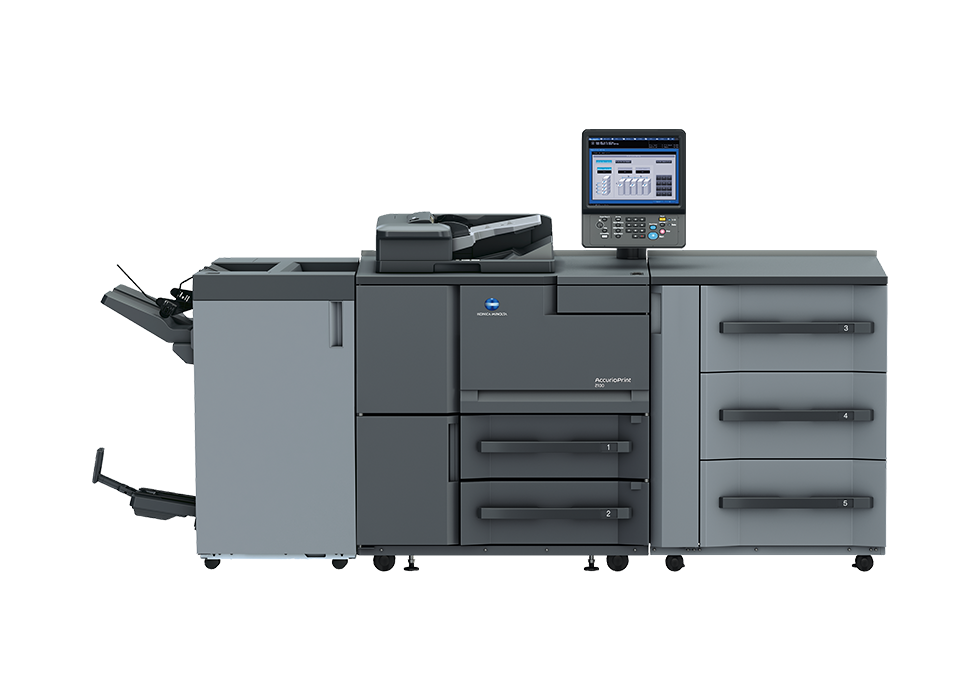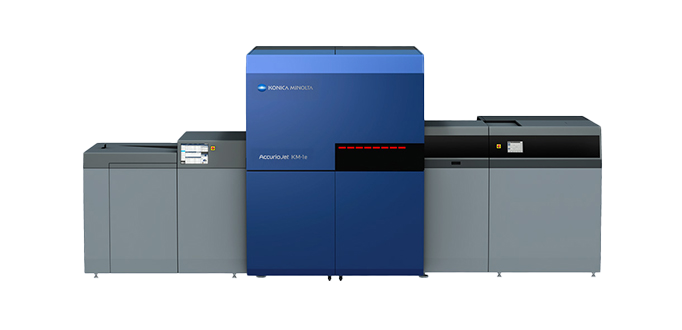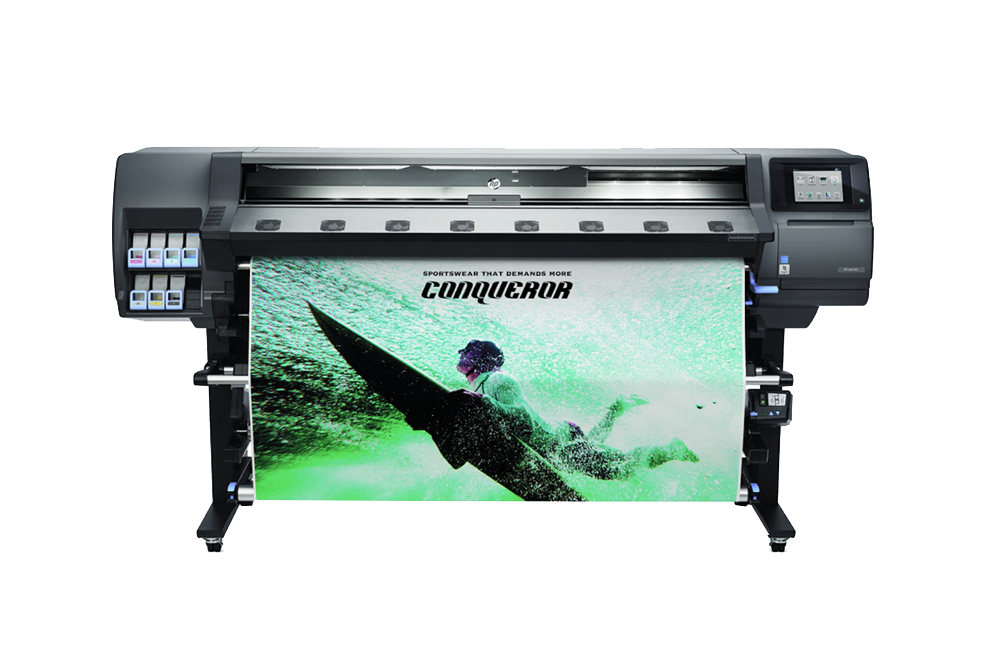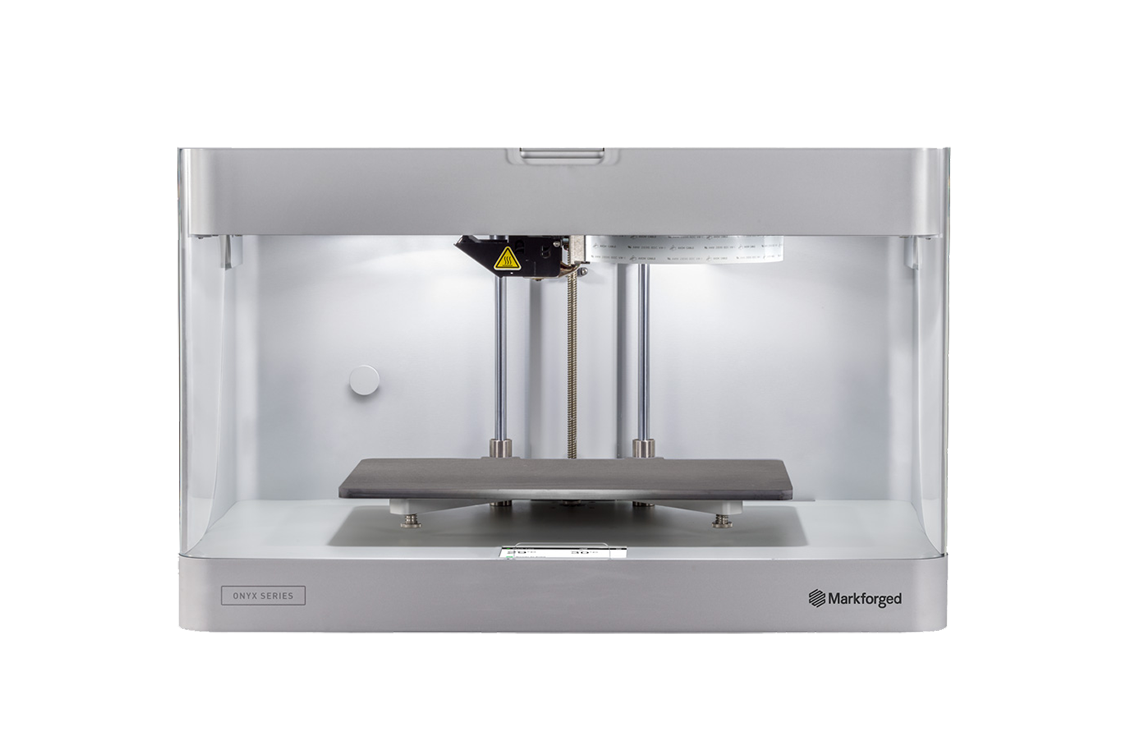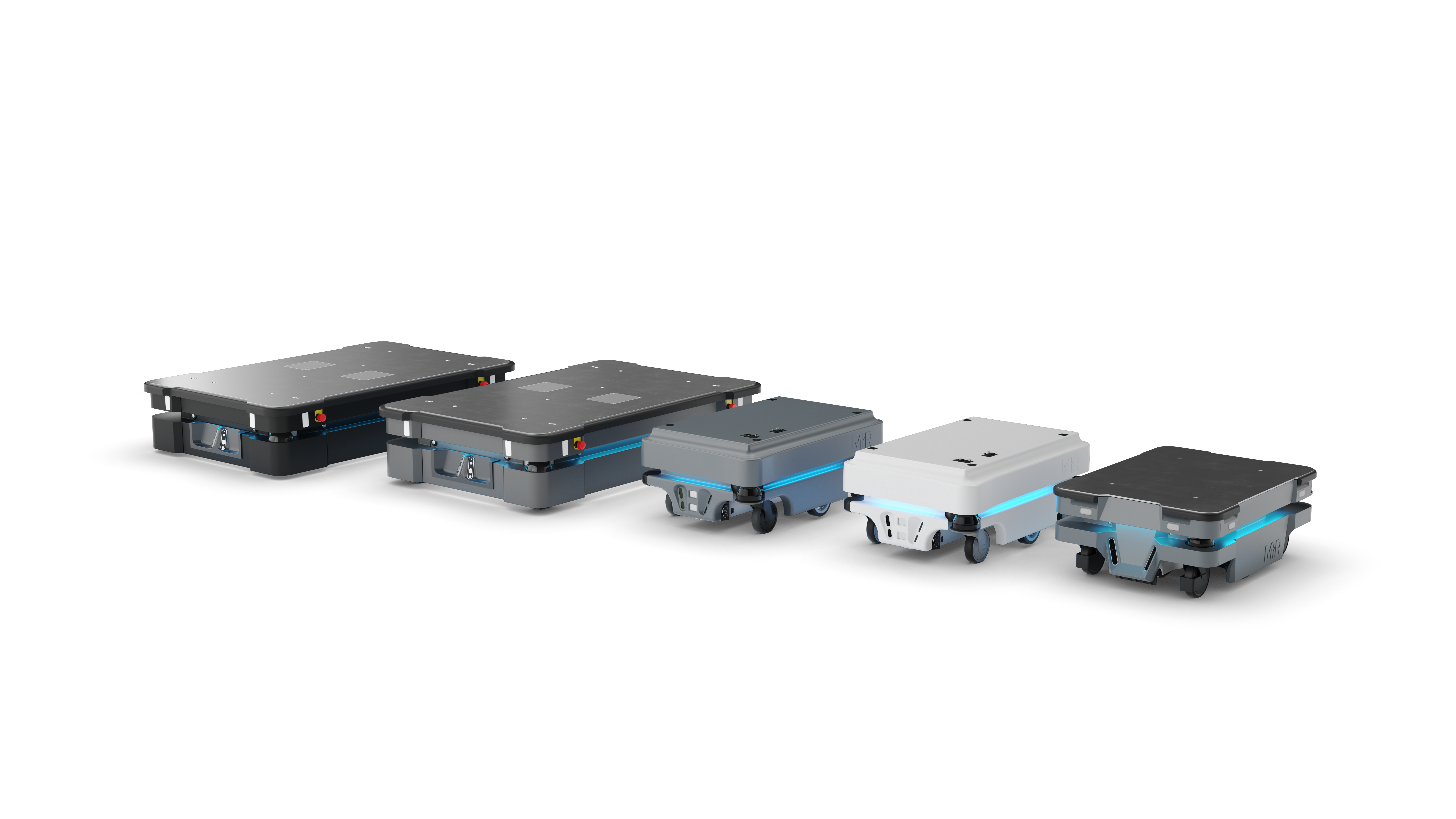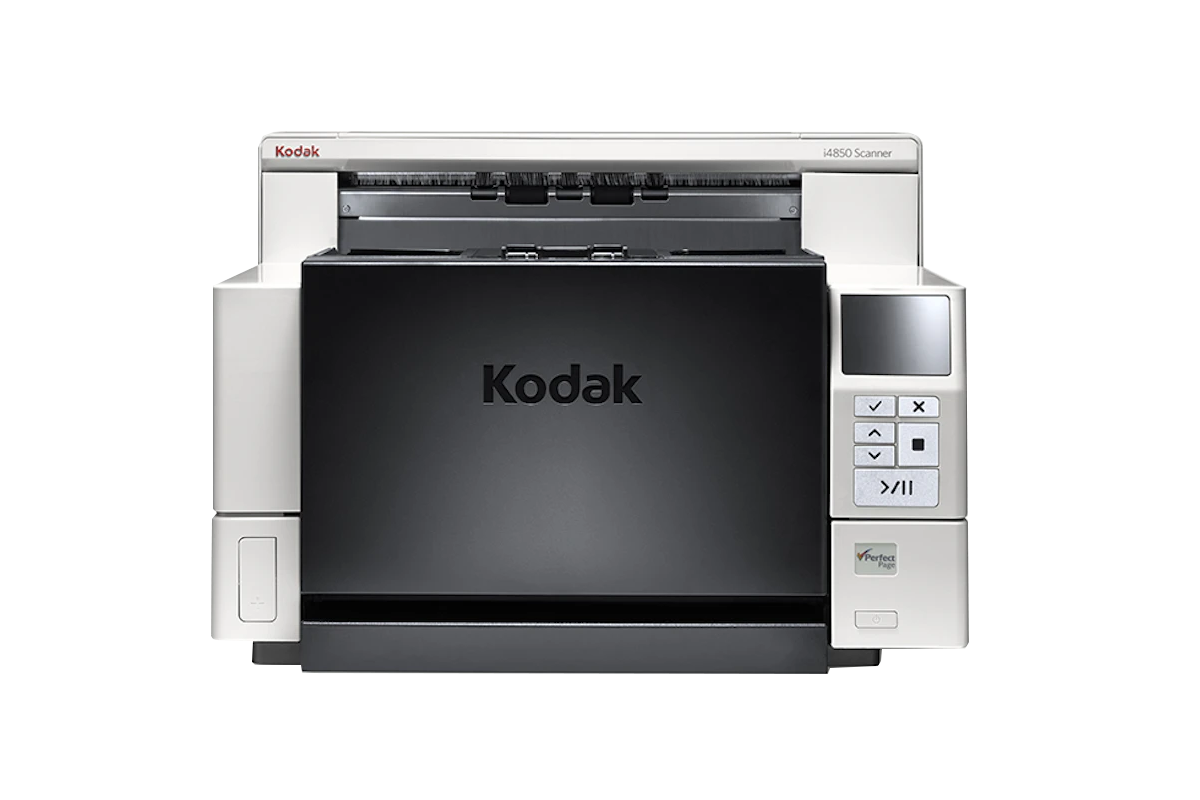Metal 3D printing is becoming increasingly popular in many industries, with benefits such as reduced manufacturing costs, faster part creation, more complex and stronger parts, and even being able to design and produce models that previous manufacturing methods could not. However, the challenge with 3D printing is how to bind the metal.
Atomic diffusion additive manufacturing (ADAM)
ADAM is the latest end-to-end process of industrial 3D print manufacturing, conceived by Markforged to solidify strong metal 3D components. It works by encasing metal powder in plastic and then printing the component one layer at a time. The layers are just 0.05mm thick. After the printing has finished, the part is washed and then moved to a furnace that burns away the plastic and sinters the metal powder together to create a strong end-use metal part.
When the metal diffuses together it becomes 99.7 per cent dense metal, ensuring an industrial-quality end-use component.[1] ADAM can be used to create parts in various different metals including: stainless steel; aluminium; titanium; Inconel; and copper.
This revolutionary method can be used when designing and creating 3D metal models across many industries, such as robotics, engineering, and various types of manufacturing including aerospace and automotive.
It also helps manufacturers make end-use products faster. Manufacturers can design and start printing the model immediately, whereas previous efforts took longer and were more expensive, requiring machining. And, because it’s so fast, it means businesses can make more products in less time, which reduces the risk of losses due to unplanned downtime, as the window for downtime is smaller.
Benefits for tertiary institutions
Tertiary institutions can incorporate the ADAM method in classes to prepare students for the future of additive manufacturing. They can design and build geometrically complex models cheaply with 3D printing. Furthermore, the technology is multidisciplinary and can be used across a variety of subject areas including industrial design, architecture, and mechanical engineering.
The Metal X from Markforged
Markforged’s industrial grade Metal X printer uses the ADAM method. The Metal X is affordable and, because it delivers value fast, it can contribute to cost savings for manufacturing businesses. It lets manufacturers use less material by applying design thinking principles like latticing to reduce material and light weight parts.
The Metal X also uses cloud-based software to design and upload designs for manufacturing. This gives companies flexibility, freedom and control over the design. It also lets them accurately estimate cost, weight and printing time. Depending on what the component is to be used for or in, the software lets users customise fibre strength.
 Find the perfect printer for your business
Read more
Find the perfect printer for your business
Read more
 Elevate your print & information technology with Insight Hub
Read more
Elevate your print & information technology with Insight Hub
Read more
